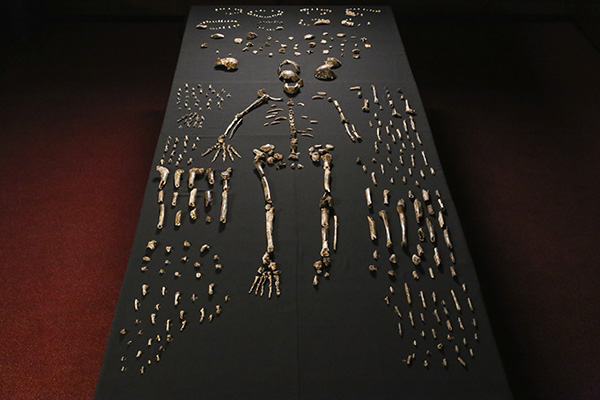On the Relevance of a $5.9B Videogame Industry Deal
I spend an inordinate amount of time watching the news, blogs, and social media that swirls around what can at best be vaguely called “the videogame industry.” There are multiple industries, markets, cultures, interests and to pretend that it is a kind of unified monolithic industry doesn’t really seem to fit much an more (if it ever did). Yet, many CASTAC readers and authors are interested in structure. Why do particular socio-cultural-political-economic formations persist remains an important question that seems to cut across the interests of CASTAC readers. For context, Activision, one of the already largest videogame publishers, announced on Tuesday their acquisition of King, a developer and publisher of popular web-based and mobile-based “free to play” (F2P) games. To put this in context: The giant company’s acquisition of King is the biggest merger in gaming since the combination of Activision and Blizzard in a nearly $19 billion deal in 2007, and it cements the new publisher as one of the biggest players in every gaming platform—home consoles like the PlayStation 4, PC online games like World of Warcraft, and mobile. (read more...)



